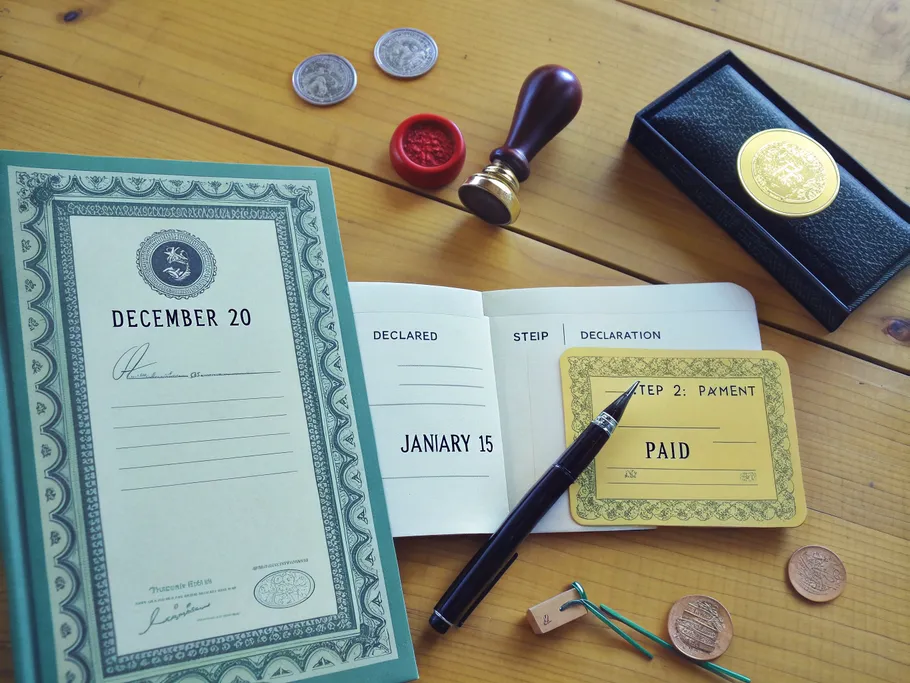So, are dividends an asset or a liability? The answer completely depends on your point of view. For the shareholder popping champagne, it’s a sweet, sweet asset. For the company CFO popping antacids, it’s a liability.
Let’s unpack this dual identity, looking at the accounting treatment and how dividend payments ripple across the financial statements.
First, The Basics
What are Dividends?
A dividend is just a slice of a company’s profit, handed out to shareholders as a thank-you for their investment. It can be cold, hard cash or extra stock. Think of it as a reward, typically paid out quarterly, for sticking with the company.
However, while dividends feel like a guaranteed prize, they aren’t. A company can slash or eliminate them depending on its financial health. A high dividend yield isn’t always a green flag either; sometimes it signals a falling stock price or an unsustainable payout ratio. So, it pays to look beyond the shiny dividend figure.
What is an Asset?
An asset is any resource you own that has economic value and is expected to provide a future benefit. For a business, assets are what you see on the balance sheet – stuff that can generate cash, cut expenses, or boost sales.

The Shareholder’s View: A Clear Asset
For shareholders, dividends are 100% an asset. Why? Because they fatten your wallet and increase your net worth.
- Cash Dividends: This is a direct deposit into your bank account. It’s cash in hand, boosting your assets.
- Stock Dividends: You get more shares. These have real value and can be held for future growth or sold for cash. More shares mean you own a slightly bigger piece of the pie.
From the moment a company declares a dividend, any shareholder who owns the stock on the record date has a legal claim to that money. It’s essentially a receivable – an asset you’re waiting to collect.
The Company’s View: A Firm Liability
Flip the coin, and for the company cutting the check, a declared dividend is a liability. The moment the board of directors declares a dividend, they create a formal financial obligation.
This debt is recorded on the balance sheet as a current liability called “dividends payable.” It’s a flashing sign that says, “We owe our shareholders money.” This liability sits on the books from the declaration date until the payment date when the cash finally goes out the door.
How Do Dividends Affect the Balance Sheet?
The impact of a dividend payment on a company’s balance sheet depends on whether it’s cash or stock.
- Cash Dividends: This is a straightforward exchange. Paying a cash dividend reduces the company’s assets (cash goes down) and its equity (retained earnings decrease). Both sides of the accounting equation shrink, resulting in a smaller balance sheet.
- Cash vs Stock Dividends: Stock dividends are different. They don’t touch the company’s cash or total assets. Instead, it’s like shuffling money between two pockets in the same pair of pants. Funds are moved within shareholders’ equity – from retained earnings to common stock and additional paid-in capital. The total value of shareholders’ equity stays the same.
The Nitty-Gritty: Dividend Payment Accounting
Recording dividend journal entries for cash dividends is a two-step dance: declaration and payment.
The Dividend Declaration Journal Entry
On the day the board announces the dividend, the company officially records its obligation. The journal entry is a debit to “Dividends Declared” (or “Retained Earnings”) and a credit to “Dividends Payable.”
The Dividend Payment Journal Entry
When payment day comes, the company settles its debt. The journal entry is a debit to “Dividends Payable” (to wipe out the liability) and a credit to “Cash” (to show the money has left the building).

An Example of Dividend Journal Entries
Let’s say a company declares a $0.50 per share dividend on December 20th, 2019. It’s payable on January 15th, 2020, to shareholders of record on December 31st, 2019. The company has 600,000 shares of common stock outstanding, making the total dividend payment $300,000 (600,000 shares * $0.50/share).
Here’s the dividend accounting in action:
Declaration Date (December 20th, 2019): The company records the liability.
| Account | Debit | Credit |
|---|---|---|
| Dividends Declared | $300,000 | |
| Dividends Payable | $300,000 |
Payment Date (January 15th, 2020): The company pays its shareholders and settles the liability.
| Account | Debit | Credit |
|---|---|---|
| Dividends Payable | $300,000 | |
| Cash | $300,000 |
It’s All About Perspective
The same rain that blesses thirsty earth can become a flood for those who must contain it. What appears as a gift to one may feel like an obligation to another.
Ultimately, the truth of a dividend isn’t in its form, but in the eye of the beholder.
For shareholders, dividends are assets – a tangible return that boosts their net worth.

For the company, declared dividends are liabilities – a legal promise to distribute profits.
Understanding this dual nature is key, whether you’re an investor watching your portfolio grow or a manager steering a company’s financial future.
